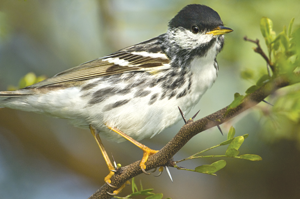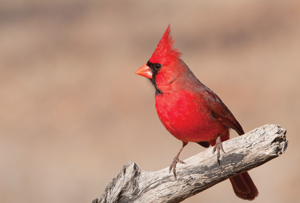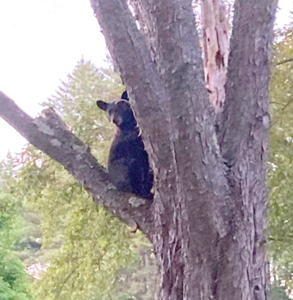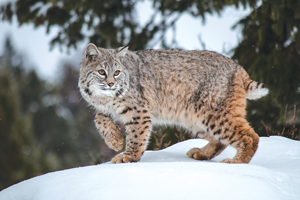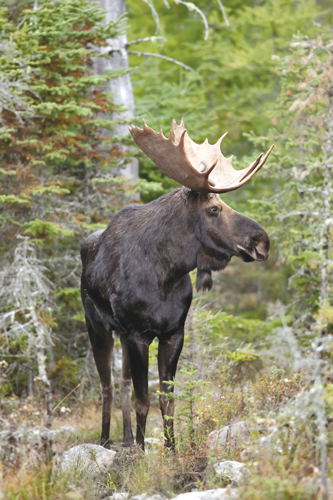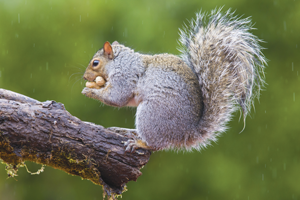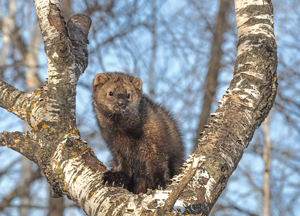Governor’s updates
| Covid-19 update | As of July 13 | As of July 20 |
|---|---|---|
| Total cases statewide | 6,068 | 6,249 |
| Total current infections statewide | 621 | 565 |
| Total deaths statewide | 391 | 398 |
| New cases | 158 (July 7 to July 13) | 190 (July 14 to July 20) |
| Current infections: Hillsborough County | 354 | 328 |
| Current infections: Merrimack County | 37 | 31 |
| Current infections: Rockingham County | 134 | 127 |
Governor’s updates
Gov. Chris Sununu made multiple announcements in the past week amid the state’s ongoing response to the Covid-19 pandemic.
On July 14, in a press conference, Sununu announced the creation of a new online portal through New Hampshire Employment Security, calling it a “centralized database for New Hampshire-based employers.” You can access it by visiting unemploymentbenefits.nh.gov and clicking on the “Covid-19 response recruitment” tab.
Also on July 14, Sununu announced the fall reopening plan for public schools across the state. The guidance documents were designed by the School Transition Reopening and Redesign Taskforce, providing districts with the flexibility to safely reopen, continue remote learning into the fall or adopt a hybrid model. The guidance includes multiple recommendations for professional development and staffing preparation, should a teacher or faculty member need to quarantine as a result of the virus. It also encourages school districts to actively communicate with students and faculty about social distancing and mask wearing. Sununu added that the guidance goes over transportation protocols and recommendations, such as encouraging assigned seating on school buses. Finally, the documents discuss what can be done if a school district elects to take the hybrid learning route, or a combination of in-person and remote learning and instruction. To view the full guidance recommendations, visit covidguidance.nh.gov and click on “K-12 Back-to-School Guidance.”
On July 15, Sununu issued Exhibit L to Emergency Order No. 29, which had been issued on April 9. Emergency Order No. 29 requires state agencies, boards and commissions to submit recommendations to Sununu if any regulatory deadlines should be adjusted in response to the state of emergency. Per Exhibit L, requests by employees of the New Hampshire Department of Administrative Services to use floating holidays have been waived through June 30, 2021.
In a July 16 press conference, Sununu announced that the state’s Business Finance Authority will oversee the New Hampshire General Assistance & Preservation Fund (NH GAP Fund), a new fund of $30 million for individuals and businesses that did not meet the eligibility requirements for the Main Street Relief Fund, the Non-Profit Emergency Relief Fund or the Self-Employed Livelihood Fund. The application period for the NH GAP Fund began on July 21 and runs through Aug. 4. Franchises and new businesses in the state are among the potential applicants of this fund. Visit goferr.nh.gov to access the application.
During the same press conference, Sununu said the state is giving a $19 million grant to the University System of New Hampshire for remote learning transition assistance, as well as a $6 million grant to the state’s Community College system for tuition support.
Details on all of Sununu’s orders and guidance documents can be found at governor.nh.gov.
Face coverings at school
The Manchester Board of School Committee voted Monday night to require face coverings when schools reopen, according to a press release from the Office of the Mayor. The board also voted in favor of modified classroom layouts with desks situated 6 feet apart. “By Aug. 10, Superintendent Goldhardt will present a reentry plan to help keep educators, staff, students and their families safe,” Mayor Joyce Craig said in the release. The board also pushed back the school start date by one week to Sept. 9, according to a report from WMUR.
House bill action
Gov. Chris Sununu was also busy signing and vetoing numerous bills in the past week, according to multiple press releases from the Office of the Governor. Here are a few of the highlights:
HB 1162 was signed into law. The legislation “enhances programs for at-risk children in New Hampshire and expands the Office of the Child Advocate” and allows unmarried couples to adopt, according to a press release from the House Majority Office. “This bill reaffirms our commitment and builds upon the progress we have made in reforming and enhancing the state’s child welfare system,” Sununu said in a statement. “While the Department of Justice has raised concerns regarding this bill as it pertains to the Office of the Child Advocate, I am confident that the Attorney General can work with the Office of the Child Advocate to ensure that the Office operates within appropriate legal limits and consistent with Constitutional requirements.”
HB 1240 and HB 705 were signed into law, both of which address sexual assault and related offenses, including in school settings. “We know that unfortunately, there are people out there who will use a power disparity to try and take advantage of others,” Sununu said in a statement. “This is something that even happens in schools. It is important that school be a place of trust and responsibility. If someone violates the trust and authority we place in them and takes advantage of a child, we are now able to act appropriately.”
HB 1280 was signed into law. “This bipartisan legislation lowers prescription drug costs for Granite Staters,” Sununu said in a statement. “Additionally, this legislation will inject transparency in drug pricing, allow New Hampshire to import low-cost prescription drugs from Canada, and puts a price cap on insulin to ensure no one will have to worry about being able to afford life-saving insulin. This bill now makes the cost of insulin in New Hampshire the lowest in the nation.”
HB 1645 was signed into law. It prohibits the use of chokeholds by law enforcement; prohibits private prisons in New Hampshire; requires police officers to report misconduct; further reforms bail reform; and provides funding to municipalities for psychological stability screening for candidates seeking certification as law enforcement officers.
HB 1266 was signed into law, making temporary modifications to the absentee voter registration, ballot application and voting processes in response to Covid-19.
HB 1166 was vetoed. The bill addressed federal unemployment funding under the CARES Act. According to a press release from the Office of the Governor, the bill contains provisions that violate federal law and would make New Hampshire ineligible for federal unemployment funding. “Our job is to open doors of opportunity in times of need, not cut off federal support when families are struggling,” Sununu said in his veto message.
SNAP online
Anyone who gets Supplemental Nutrition Assistance Program (SNAP) benefits can now purchase and pay for groceries online, using EBT cards to purchase eligible food items through Amazon and Walmart, according to a press release from the New Hampshire Department of Health and Human Services. The pilot program is in response to the pandemic, allowing SNAP recipients to stay home and practice social distancing. The benefits cannot be used for service or delivery charges, according to the release.
New PSAs
District of New Hampshire U.S. Attorney Scott W. Murray has announced the launch of public service announcements aimed at combating drug and gun crimes. According to a press release from the Department of Justice, the opioid crisis has led to an increase in gun use and guns being traded for drugs. In response, the U.S. Attorney’s Office has developed social media public service announcements to educate people about these illegal activities and their consequences. “Drug trafficking and violent crime jeopardize the safety and security of the citizens of New Hampshire,” Murray said in the release. “We are seeking to raise awareness about these crimes and to solicit the public’s assistance in helping us to make the Granite State safer. A fully informed public is a powerful deterrent against the harm caused by drug traffickers.”
North Conway has once again made the Top Ten Small Towns for Adventure list in the USA Today 10 Best Readers’ Choice Awards, according to a press release. This is the third year in a row that the town has made the list and is the only one that’s in New England. Access to Mount Washington and four-season recreation helped North Conway make the list, according to the release.
Deerfield resident Dwight Barnes will start a 1,000-mile walk on Aug. 17 to benefit the Ronald McDonald House Charities of New England. Barnes, a retired McDonald’s owner and operator, plans to start in Boston and walk 20 to 25 miles a day as he makes his way across New England.
The Veterinary Emergency Center of Manchester has a brand new, 12,800-square-foot facility at 2743 Brown Ave., according to a press release. The center offers 24-hour emergency care and features full digital radiology, a laboratory and surgery and monitoring equipment.
Coppal House Farm in Lee will hold its annual Sunflower Festival from Saturday, July 25, through Sunday, Aug. 2, to coincide with the flowers’ bloom dates. The weekend will feature a craft fair, live music, food vendors, a wine garden and animal viewings, and there will be special events during the weekdays as well. Hours are from 10 a.m. to 6 p.m. each day. Find ticket information at nhsunflower.com.






